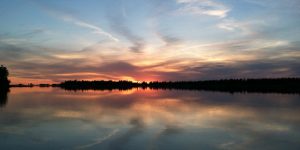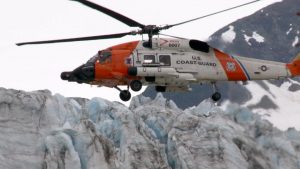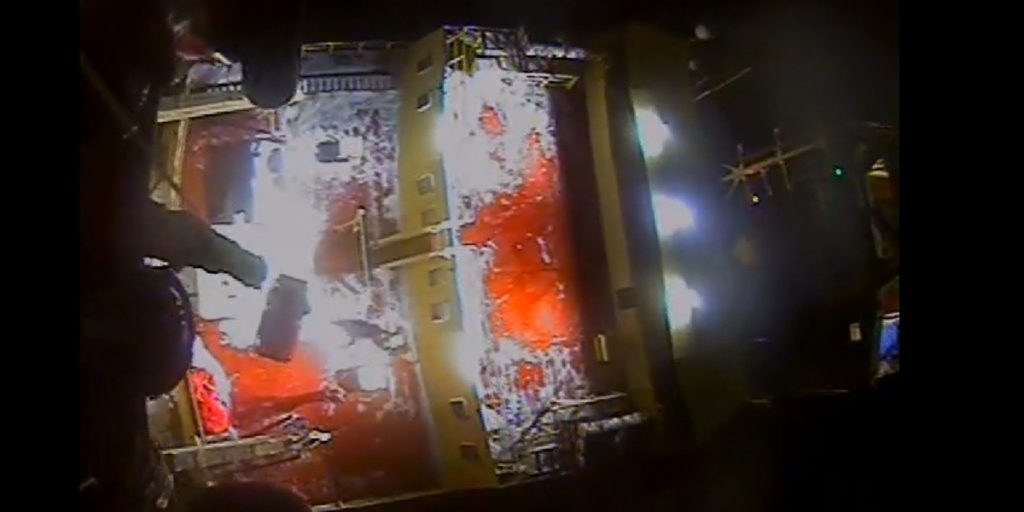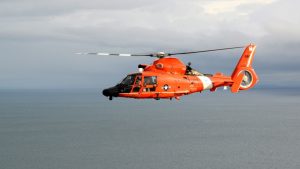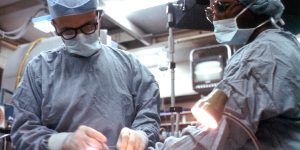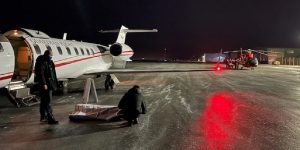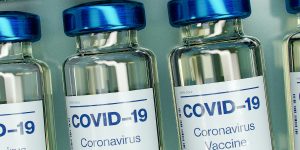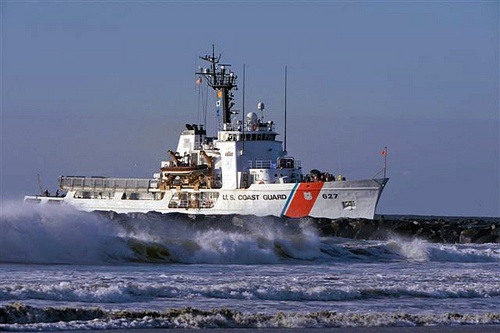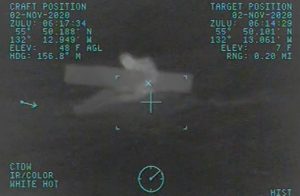Masks Required for Maritime Vessel Workers
 The fishing and maritime industries have been hit hard by COVID-19 as outbreaks have swiftly traveled through vessels and processers. No one knows for certain how an individual will respond to the virus; many show no signs of illness but may be highly contagious. Others become so ill they require hospitalization, and many develop long-term medical conditions as a result of the illness. Every aspect of the seafood supply chain has been distressed by the pandemic, especially for those who work in fishing and processing.
The fishing and maritime industries have been hit hard by COVID-19 as outbreaks have swiftly traveled through vessels and processers. No one knows for certain how an individual will respond to the virus; many show no signs of illness but may be highly contagious. Others become so ill they require hospitalization, and many develop long-term medical conditions as a result of the illness. Every aspect of the seafood supply chain has been distressed by the pandemic, especially for those who work in fishing and processing.
To reduce the transmission of COVID-19, the Center for Disease Control (CDC) has issued an emergency order requiring all persons “traveling on conveyances into and within the United States” to wear a face mask. But how does this affect the fishing and maritime industries?
U.S. Coast Guard has been granted the authority to implement public health measures consistent with the CDC guidelines at seaports (e.g., passenger terminals, cargo handling facilities, and other shoreside facilities that provide transportation of persons or cargo). The CDC mask requirement has been interpreted by the U.S. Coast Guard to apply to “all forms of commercial maritime vessels,” including cargo ships, fishing vessels, research vessels, and self-propelled barges. The Marine Safety Information Bulletin states that all persons working or traveling on commercial vessels are required to “wear a face mask or cloth face covering when outside of individual cabins.”
 Maritime Injury Law Blog
Maritime Injury Law Blog



